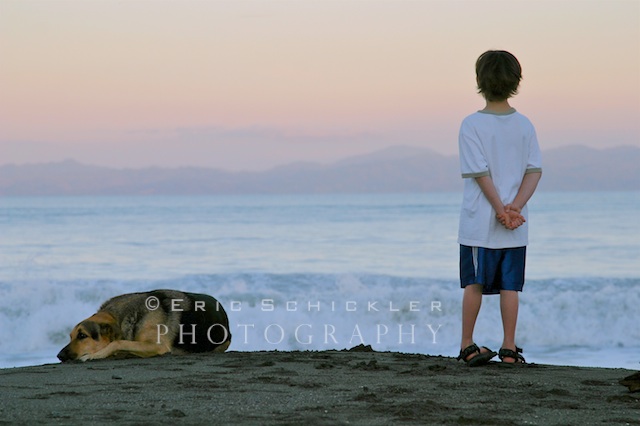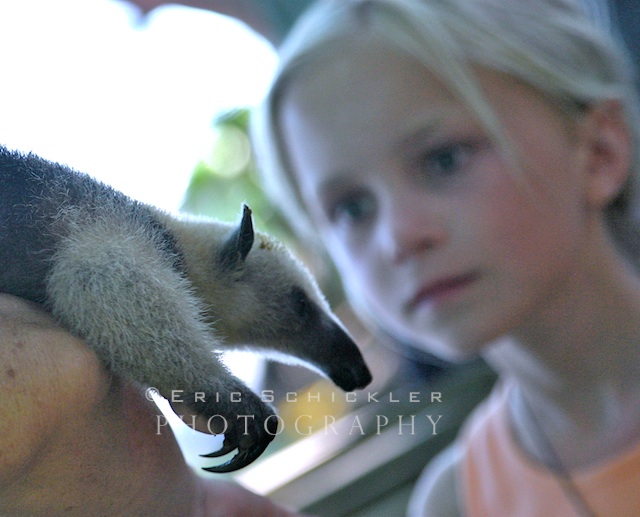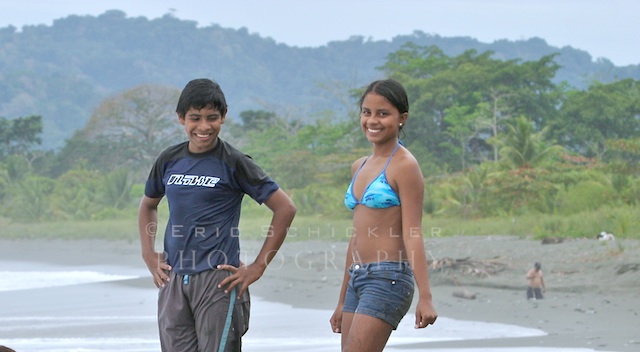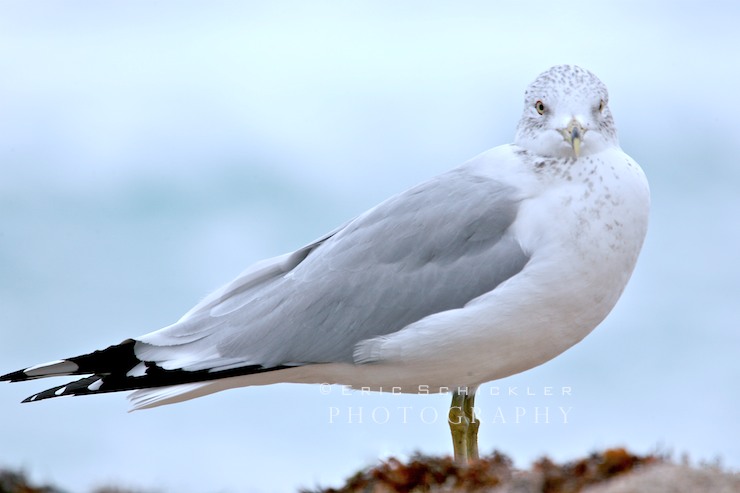
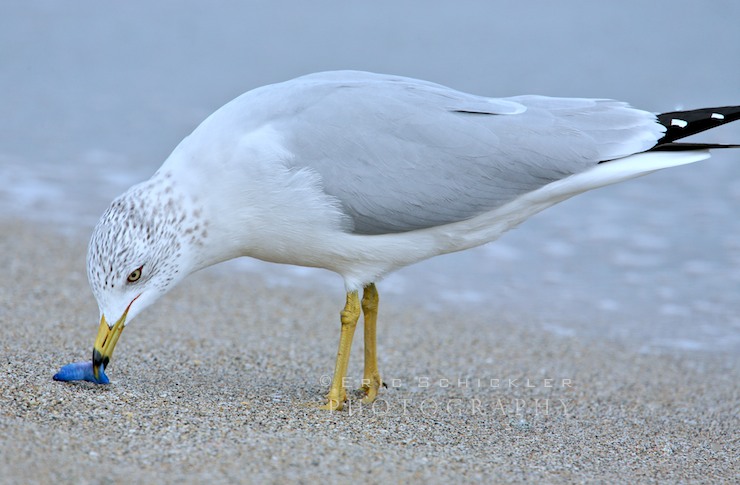
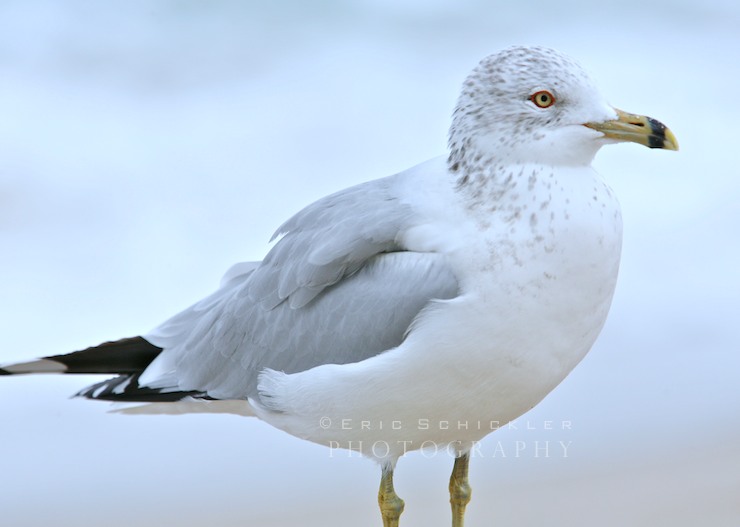
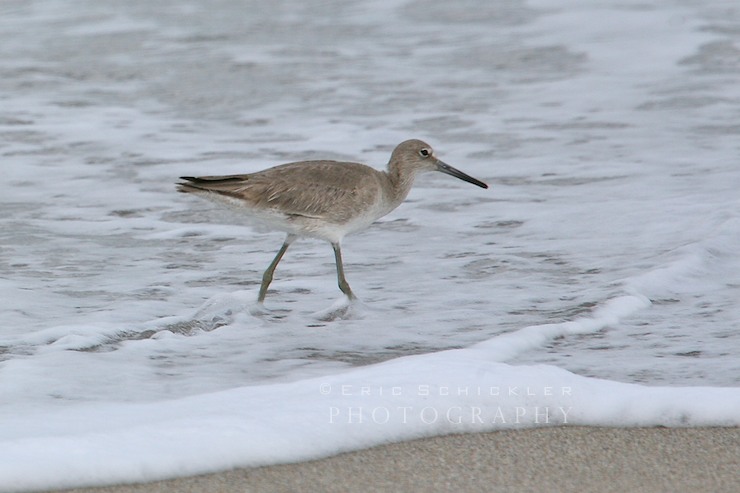
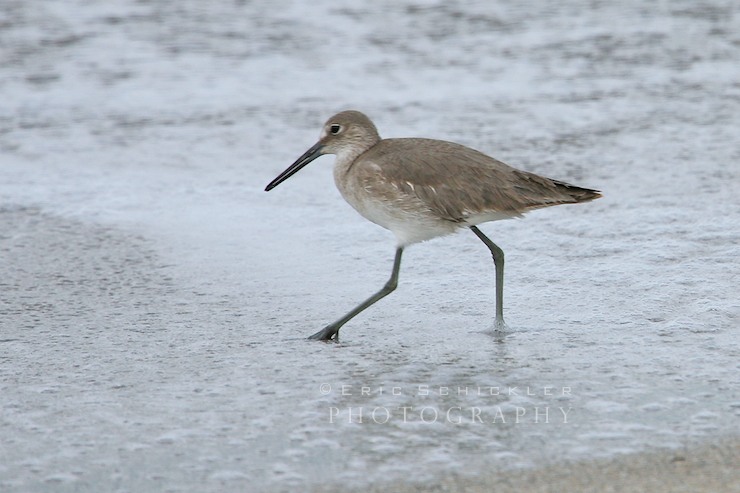
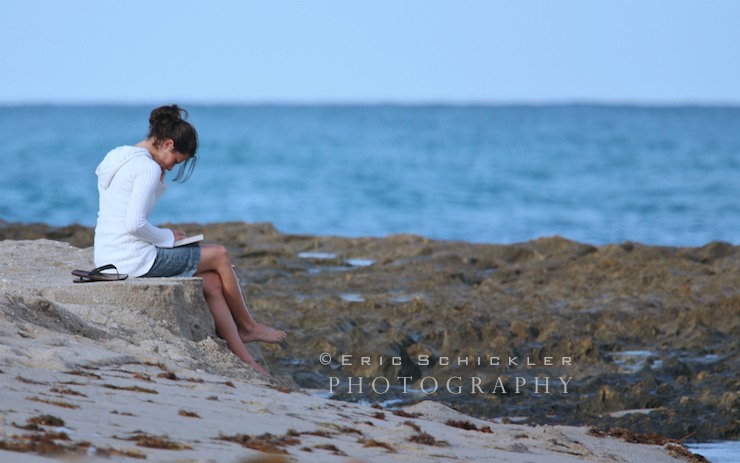
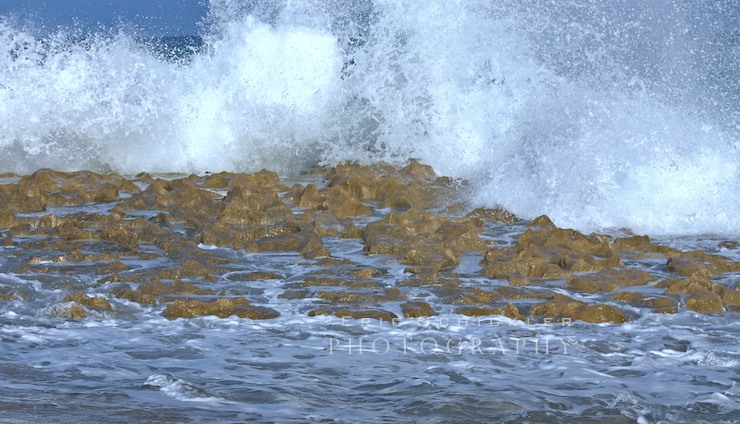
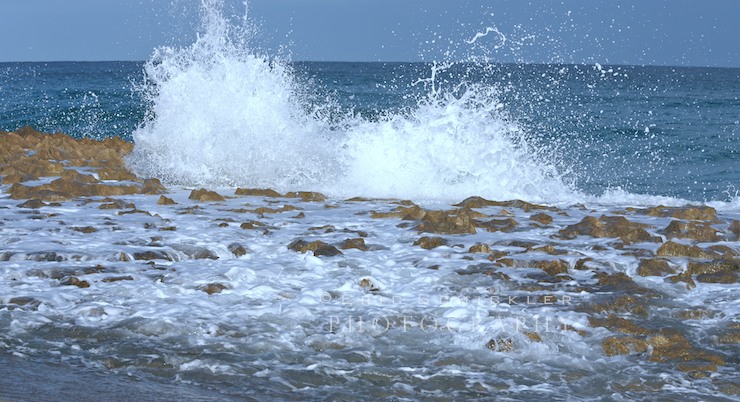
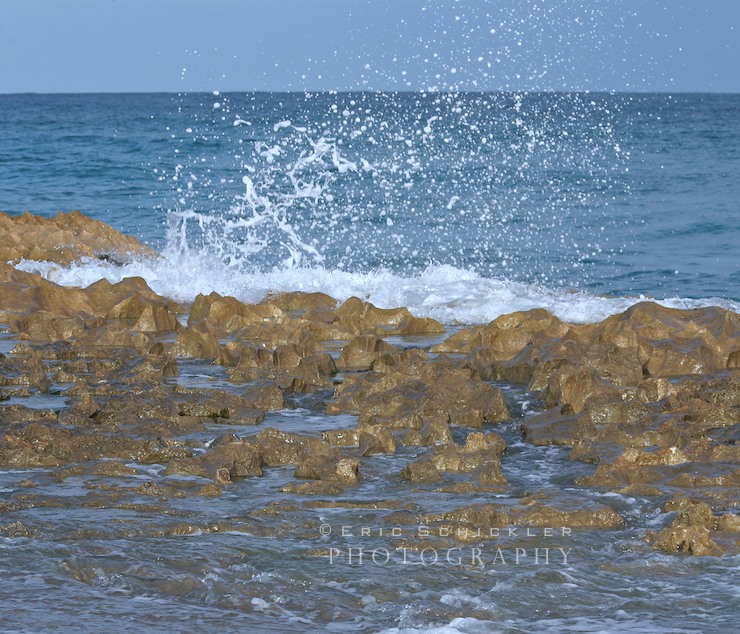
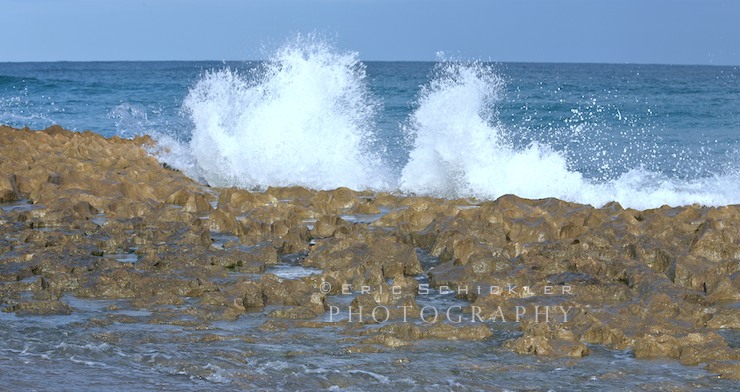
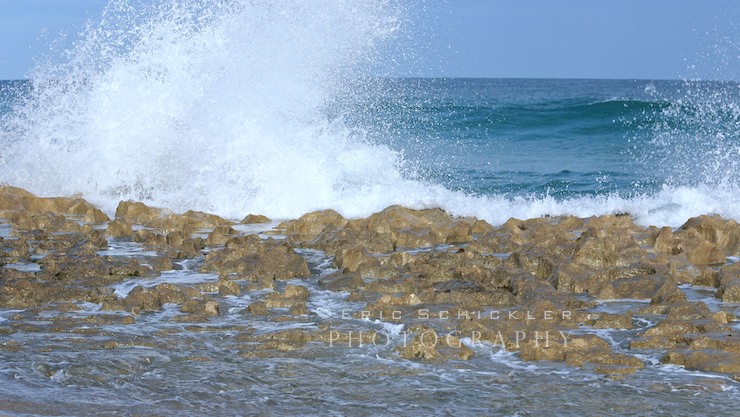
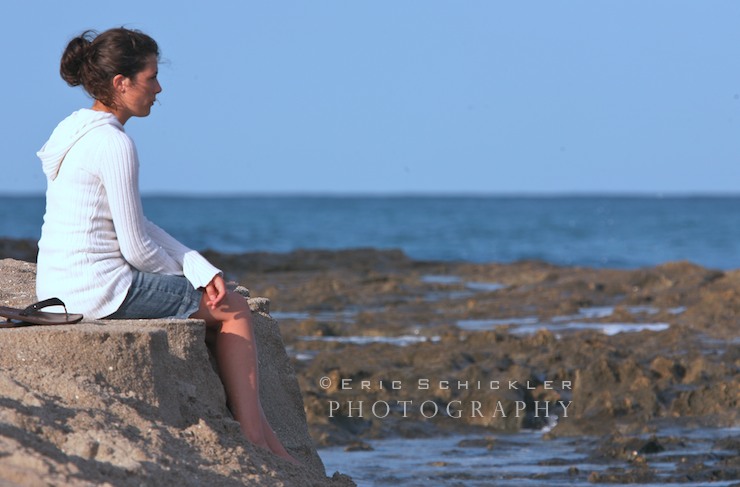
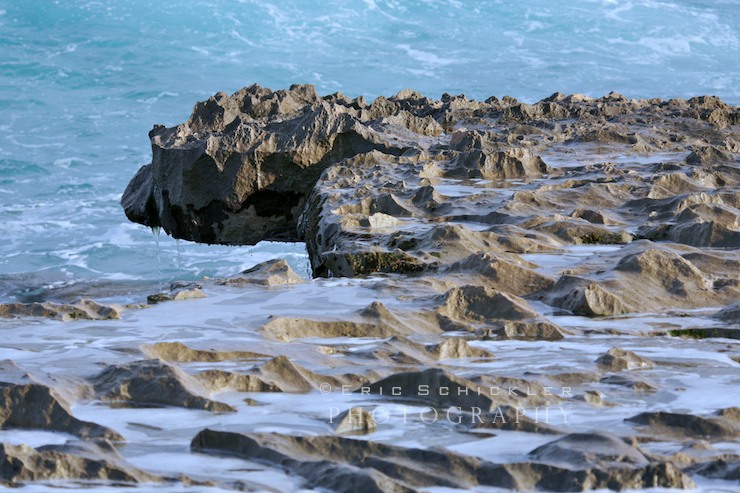
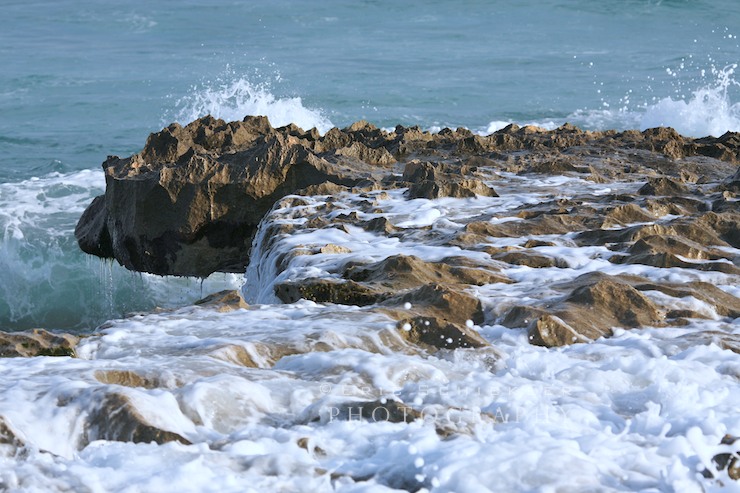
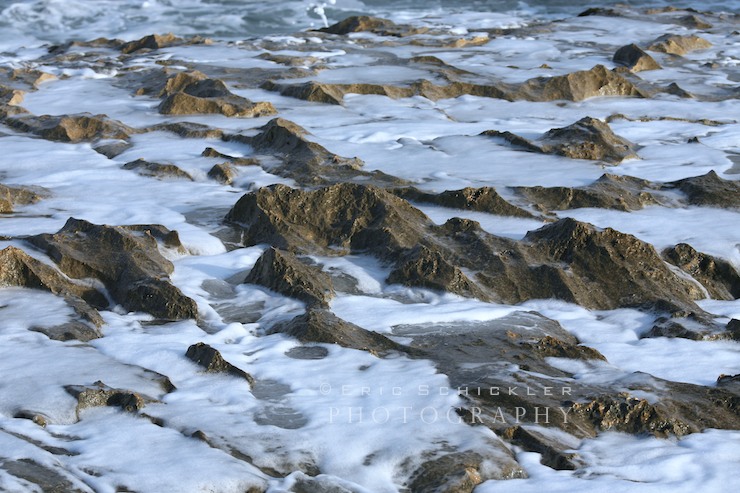
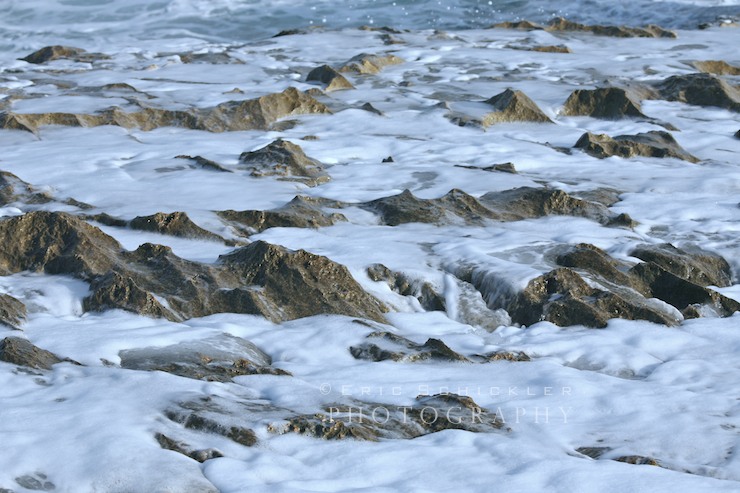
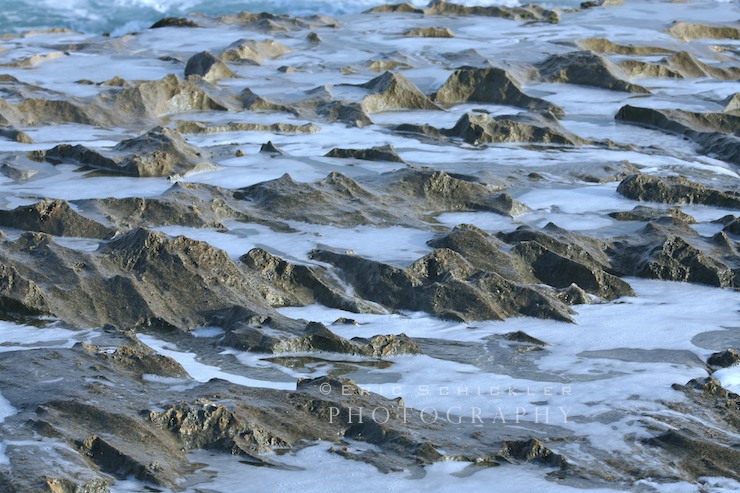
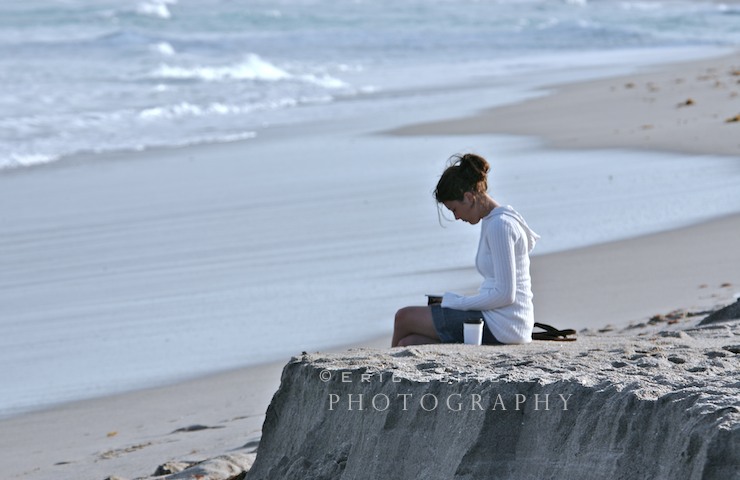
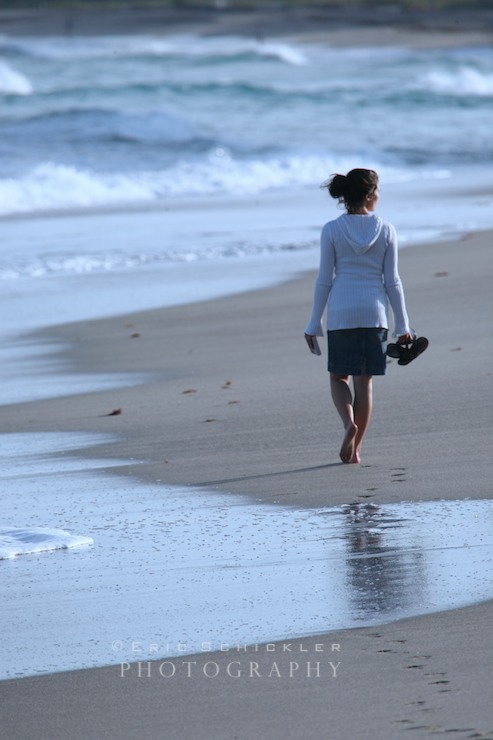
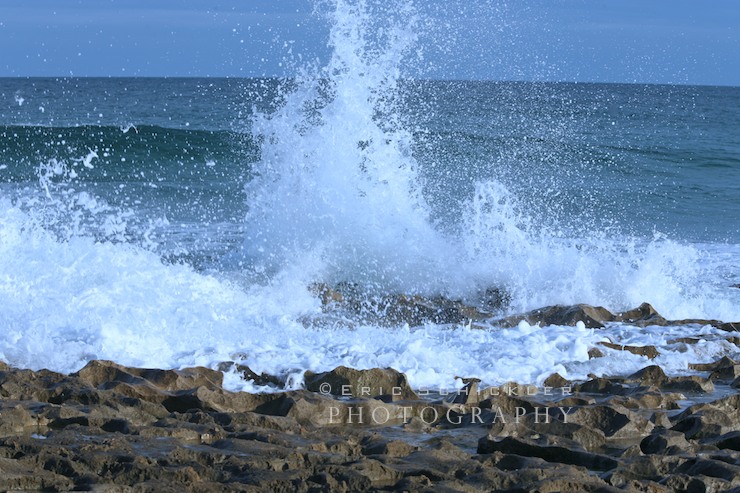
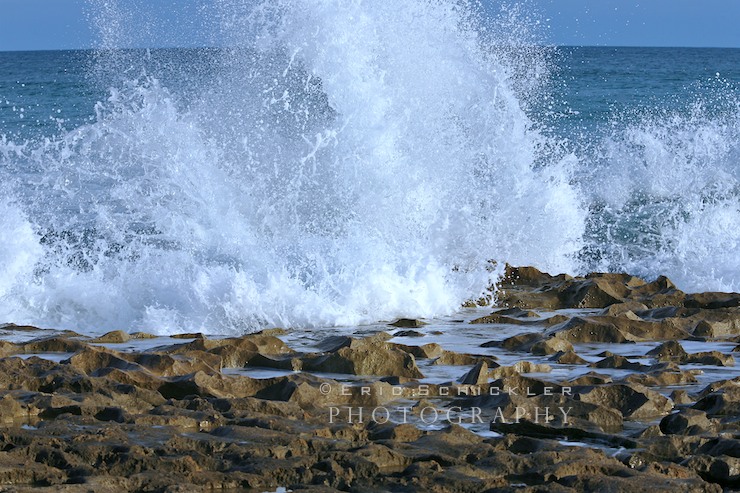
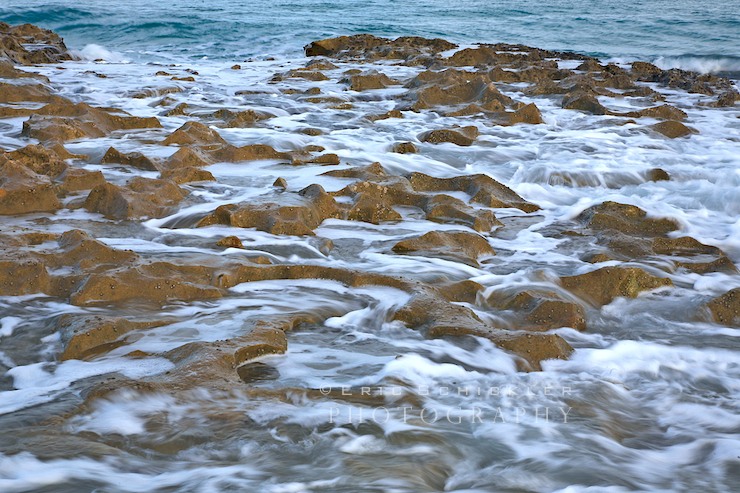
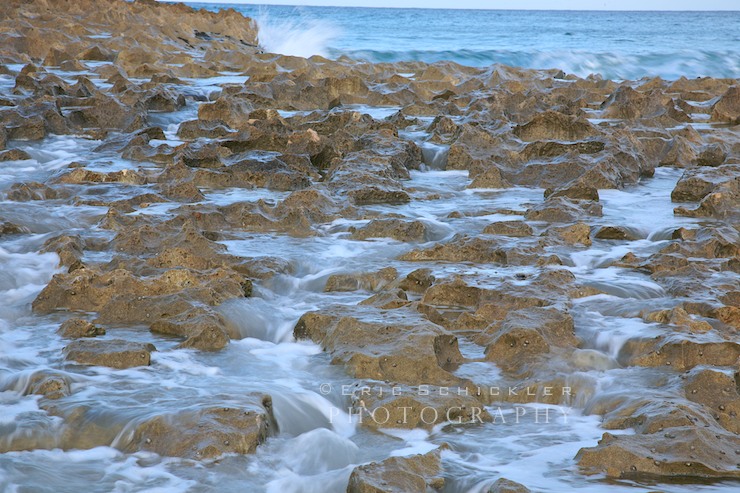
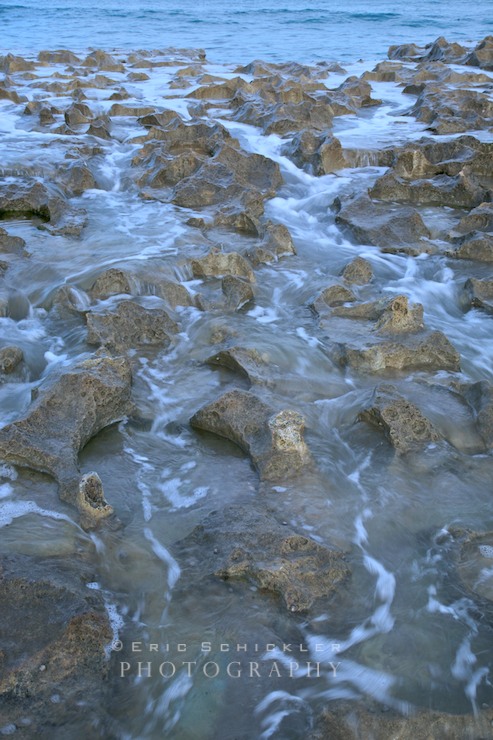
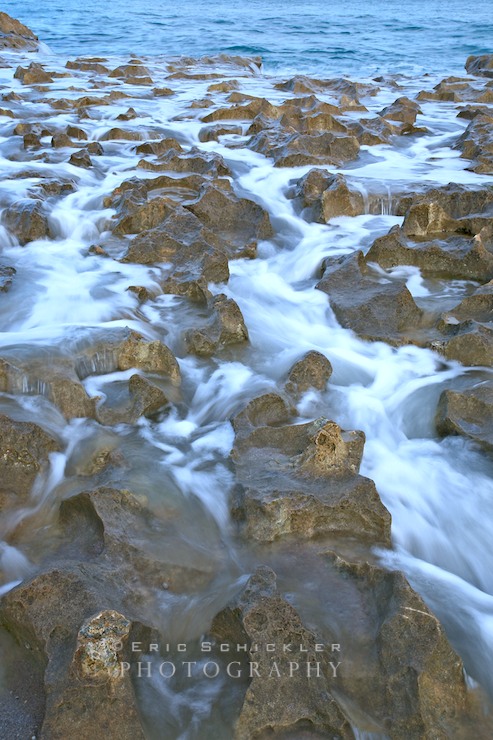
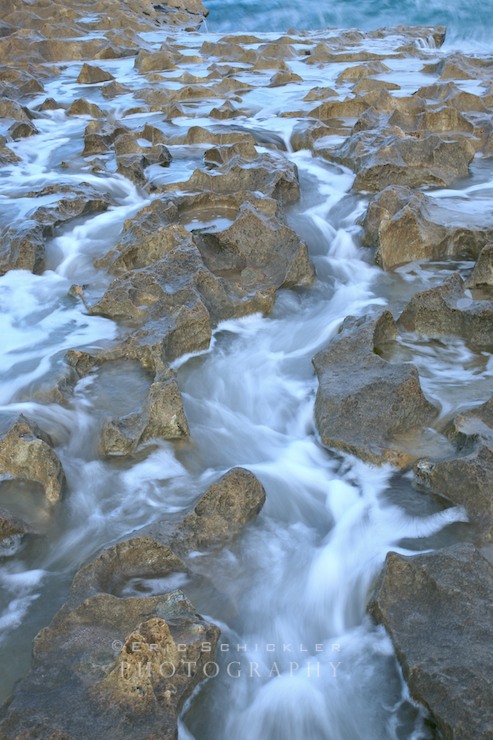
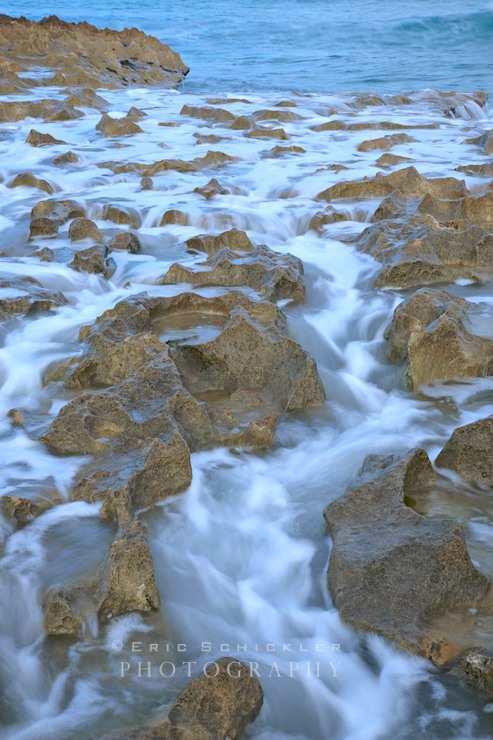
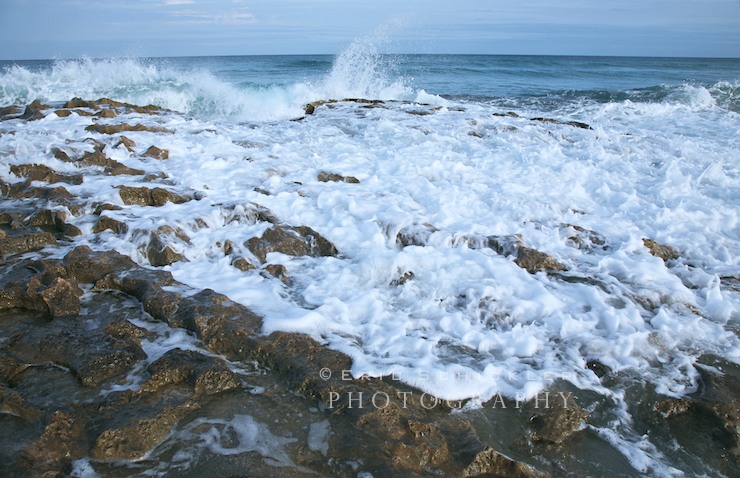
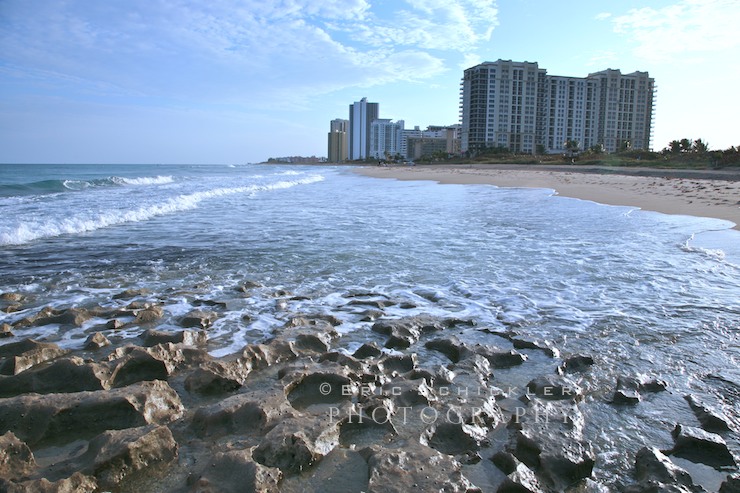
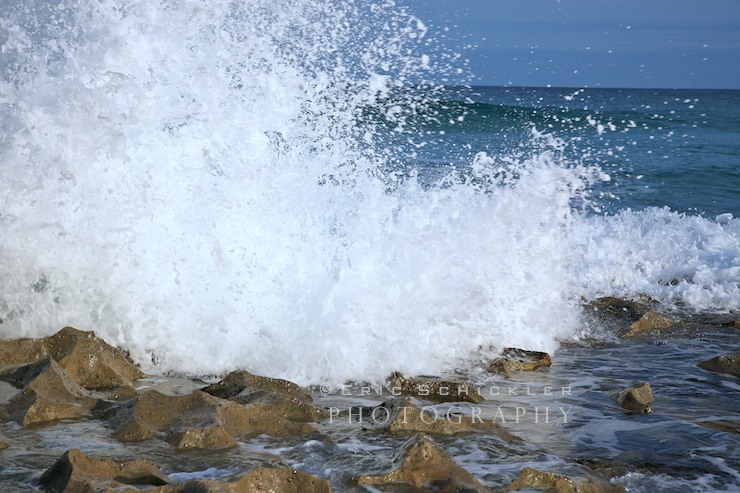
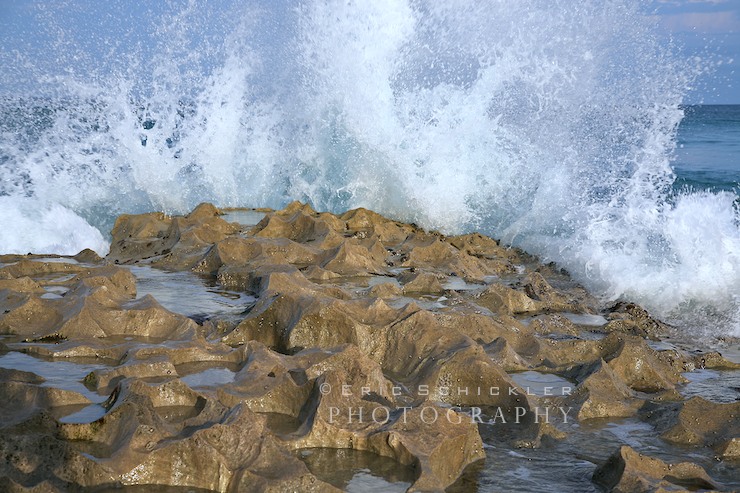
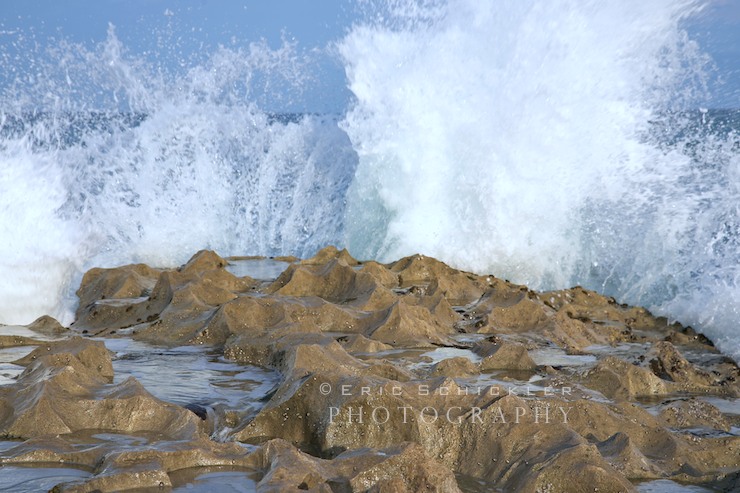
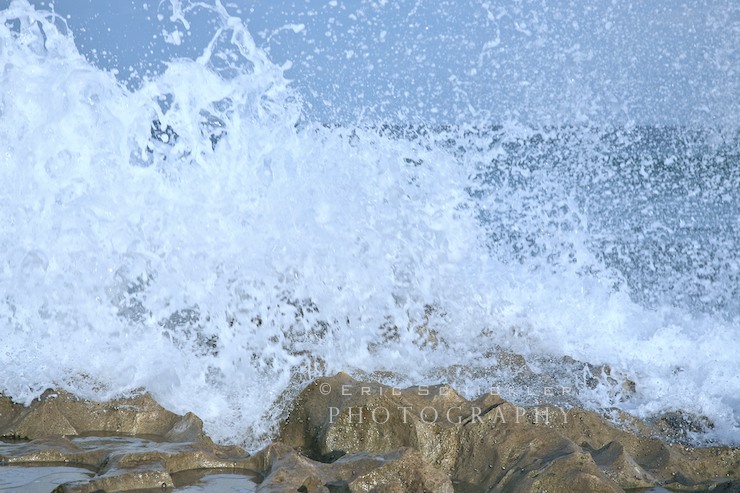

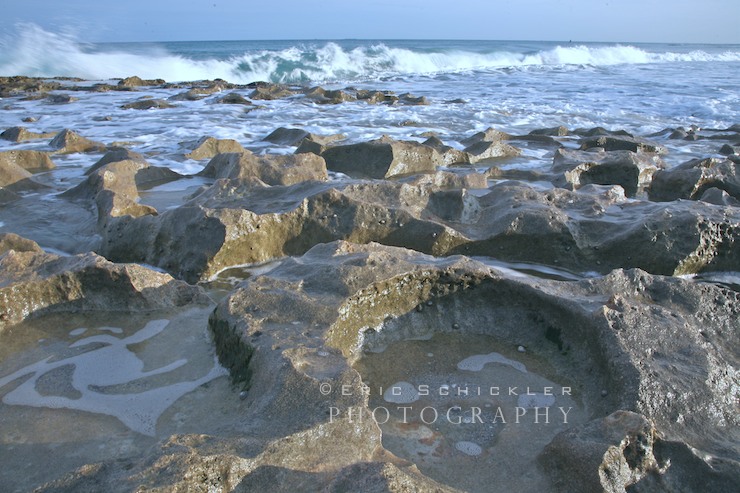
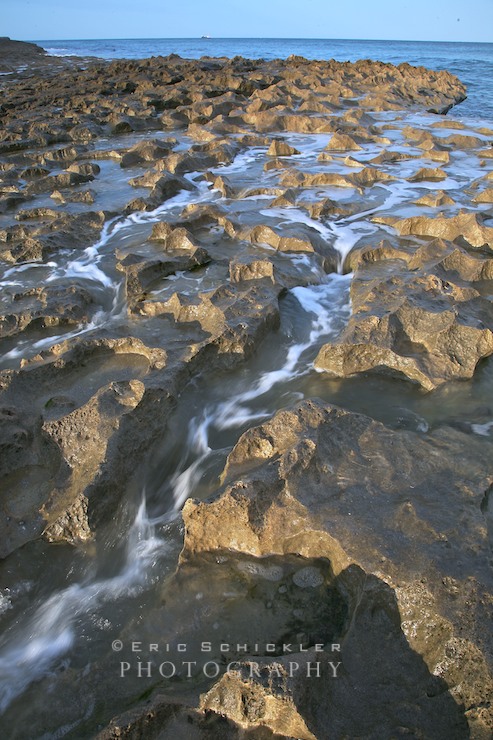
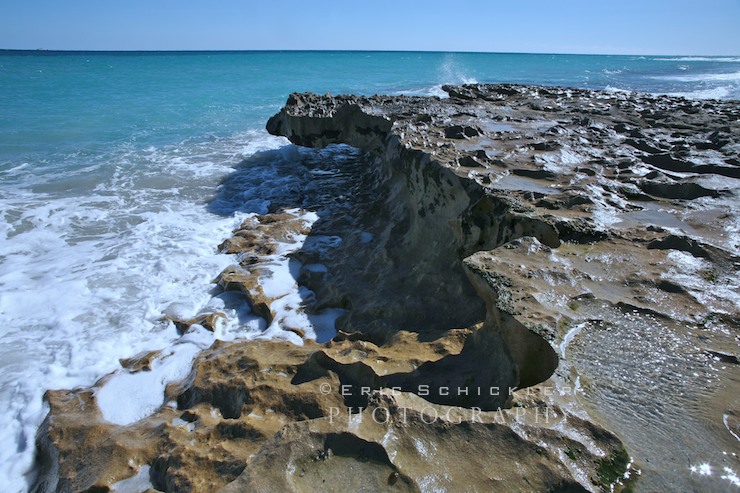
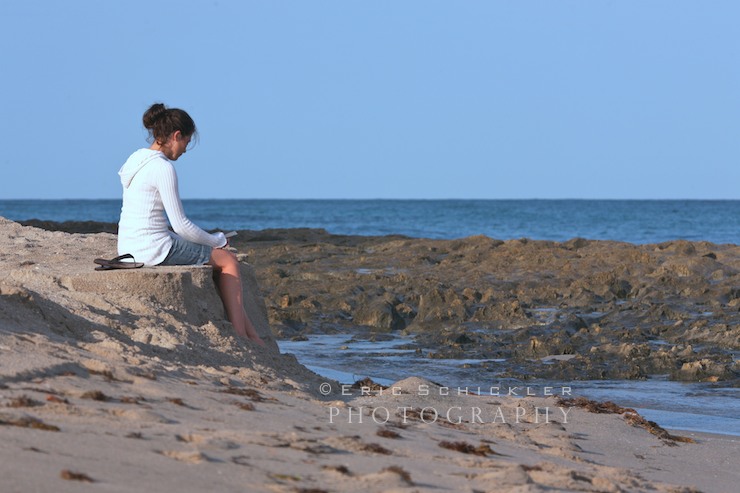
All photos and artwork included in this Web site are copyright-protected and the exclusive property of Eric Schickler Adventure Photographer. No downloading, use, reproduction, manipulation, sale and/or distribution permitted without express written consent.
© Eric Schickler Adventure Photographer








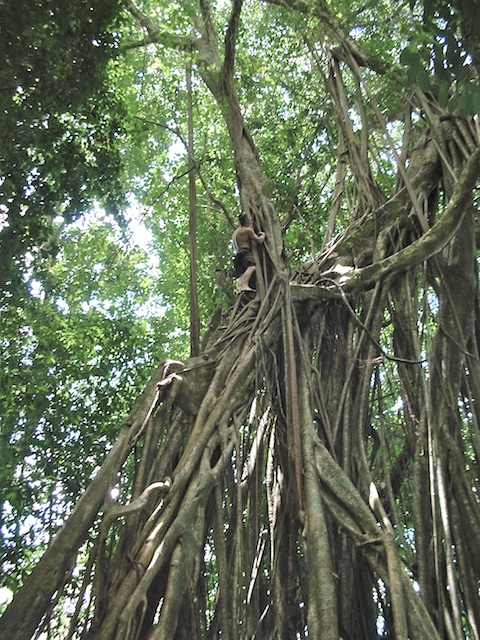




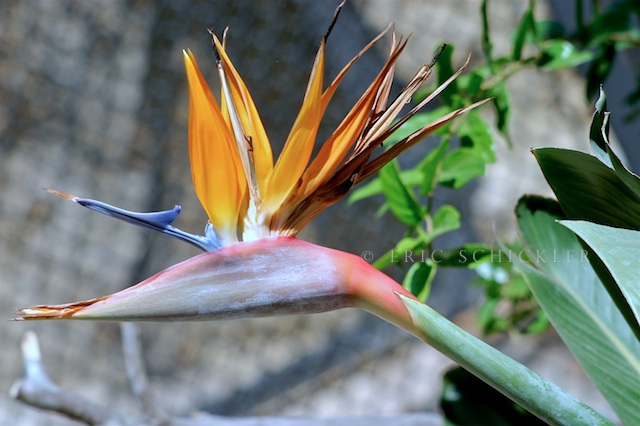
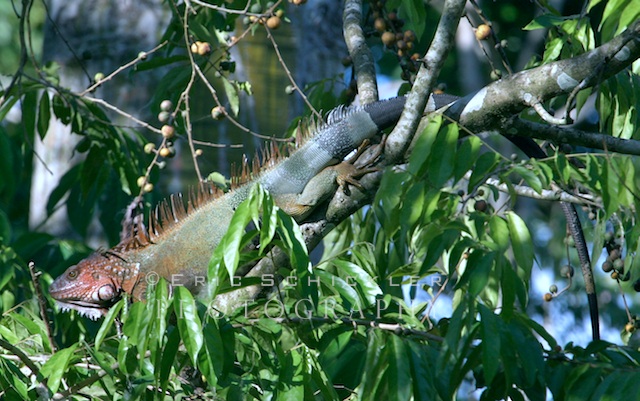
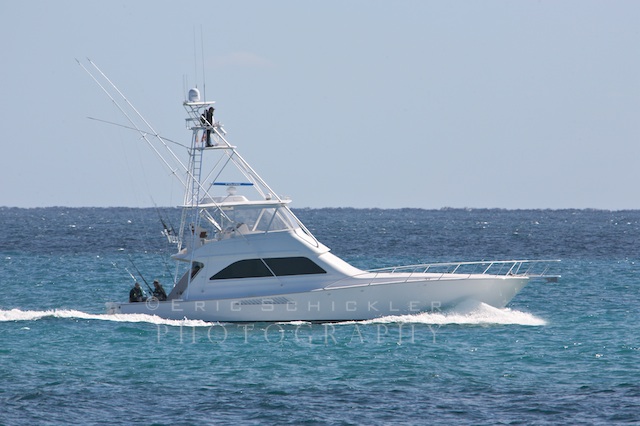
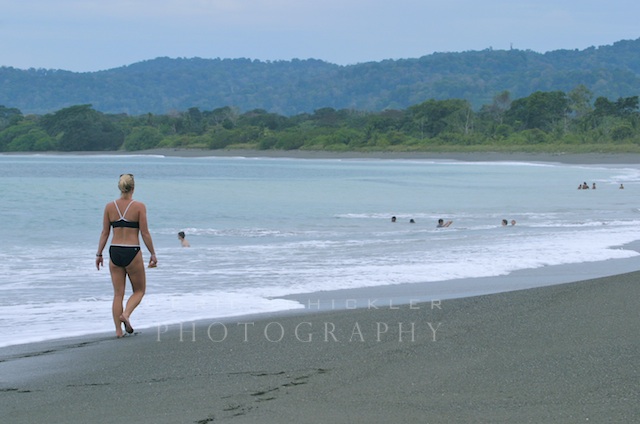
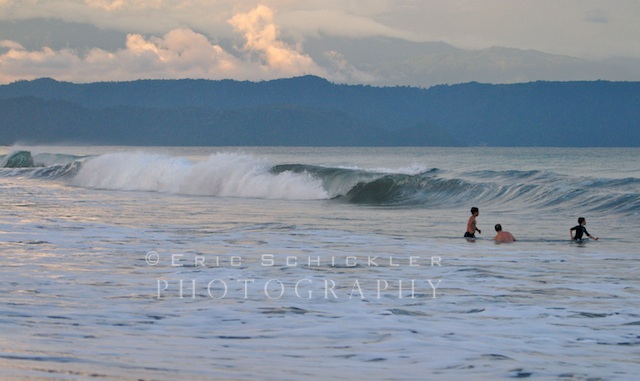 opportunity to laugh at myself. Ana had a laugh too.
opportunity to laugh at myself. Ana had a laugh too. 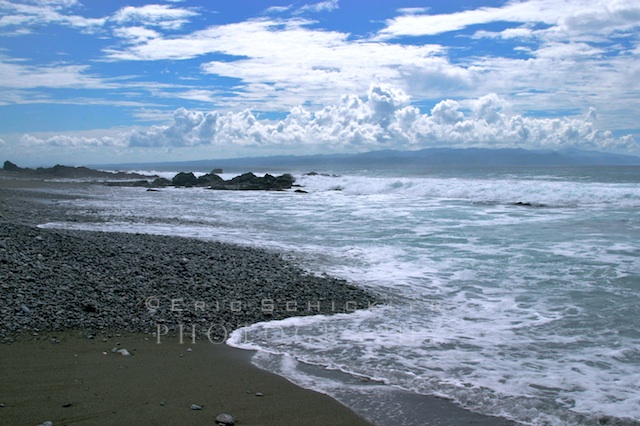
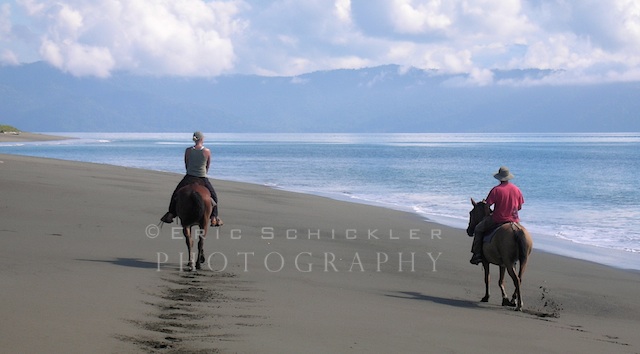 Suddenly we were
Suddenly we were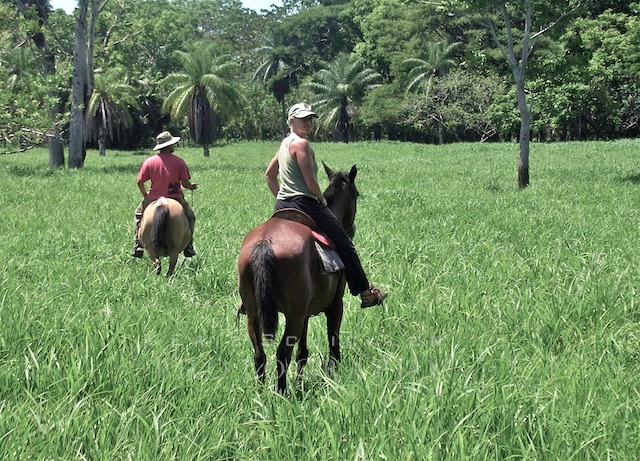
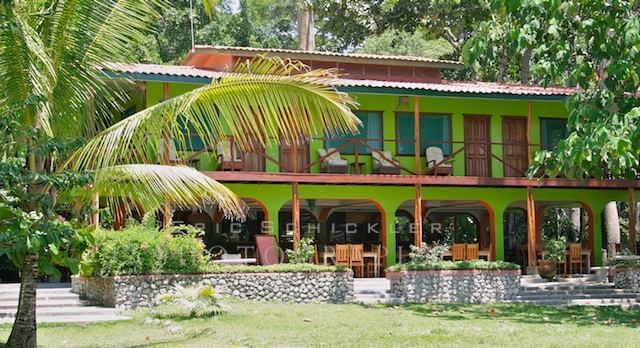 We found that same short trail through the forest, which was now candle-lit in the 7 p.m. darkness. It was to be the most boisterous environment we had experienced all week, and quite a contrast from every other moment at the resort. But we were ready for some partying and live local music and a chance to interact with the locals
We found that same short trail through the forest, which was now candle-lit in the 7 p.m. darkness. It was to be the most boisterous environment we had experienced all week, and quite a contrast from every other moment at the resort. But we were ready for some partying and live local music and a chance to interact with the locals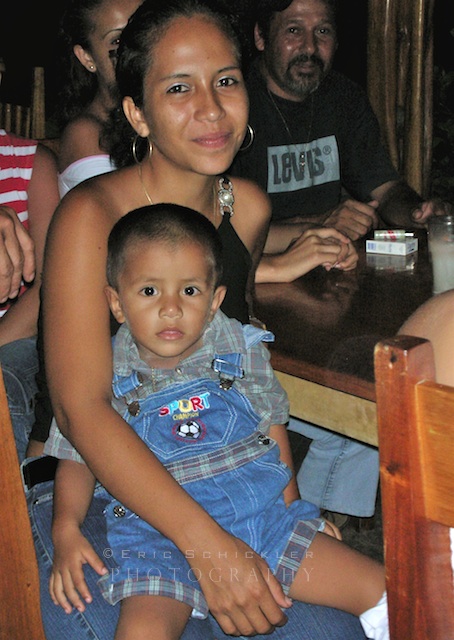
 We slipped out of the wild weekend celebration early and returned to our quiet secluded casita. The rhythmic beat of the salsa band and party chatter were quickly replaced with the more soothing rhythm of rolling waves on the gulf.
We slipped out of the wild weekend celebration early and returned to our quiet secluded casita. The rhythmic beat of the salsa band and party chatter were quickly replaced with the more soothing rhythm of rolling waves on the gulf.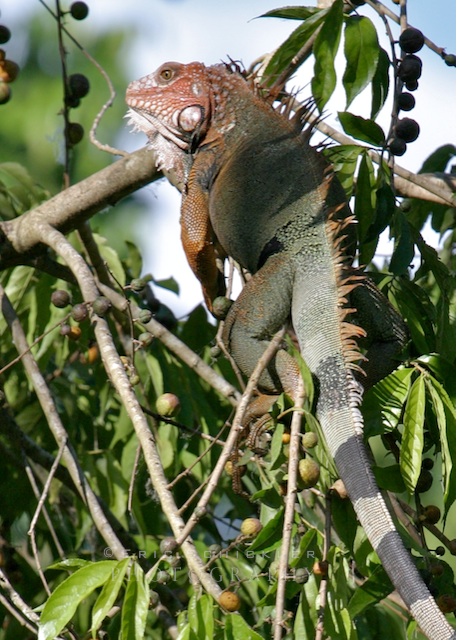
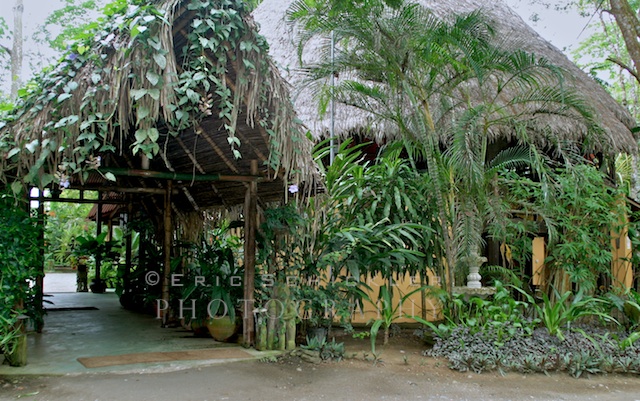 Nestled contently in the tropical rainforest, just a few hundred yards from the beaches of Golfo Dulce, the small lodge fosters a tranquil, sedate, relaxed feeling. It is an isolated and private oasis where no oasis is even needed—in the middle of a massive tropical paradise.
Nestled contently in the tropical rainforest, just a few hundred yards from the beaches of Golfo Dulce, the small lodge fosters a tranquil, sedate, relaxed feeling. It is an isolated and private oasis where no oasis is even needed—in the middle of a massive tropical paradise.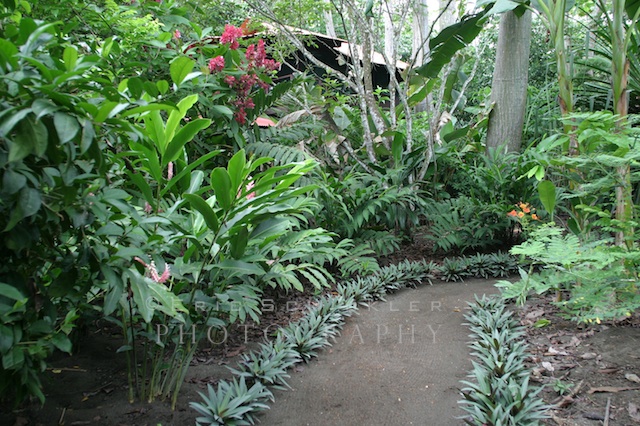
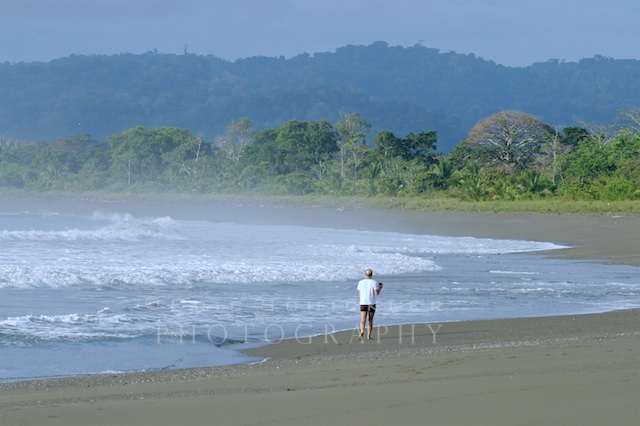
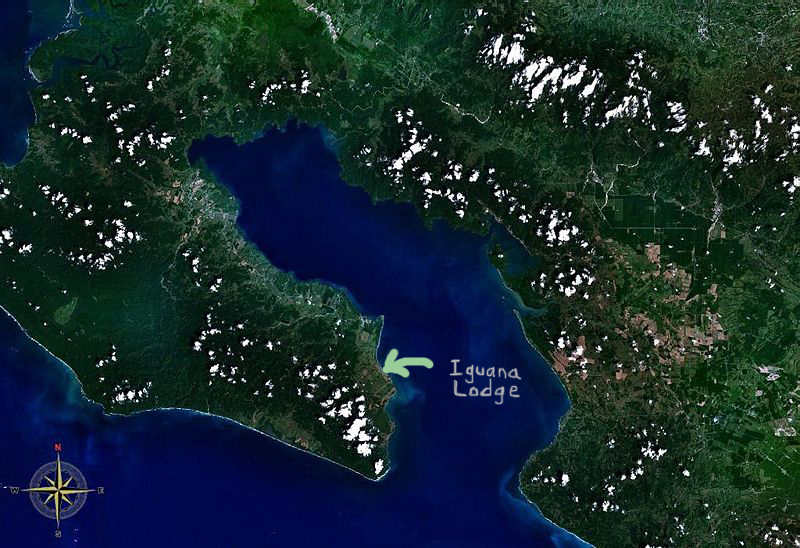
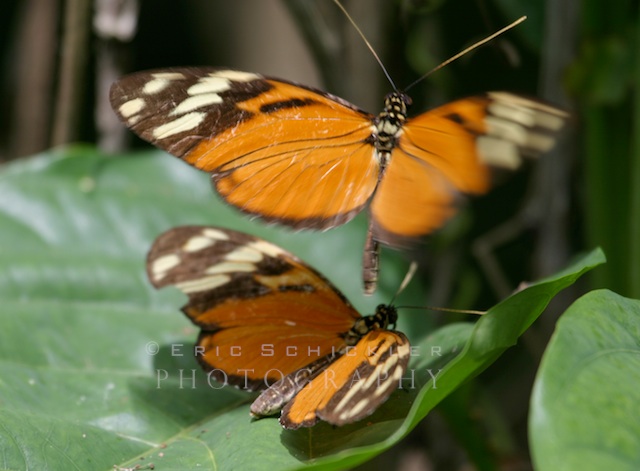 Then came our Adam & Eve experience. A giant tray was brought out from the kitchen, loaded with a cavalcade of local fruit treasures: fresh cut mangoes, papayas, melons, pineapples and bananas.
Then came our Adam & Eve experience. A giant tray was brought out from the kitchen, loaded with a cavalcade of local fruit treasures: fresh cut mangoes, papayas, melons, pineapples and bananas.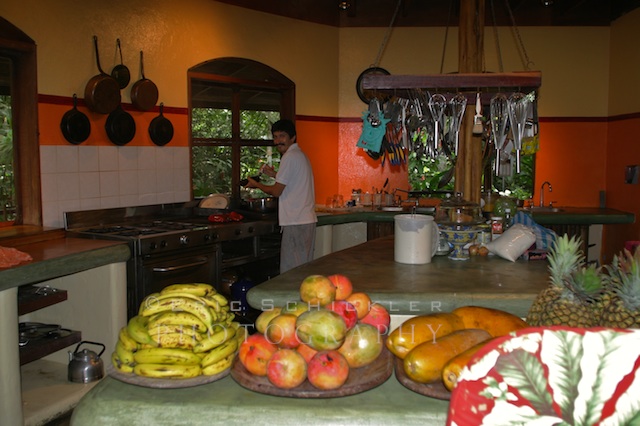
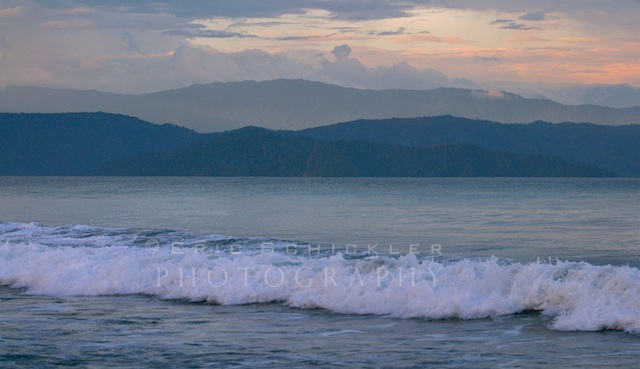
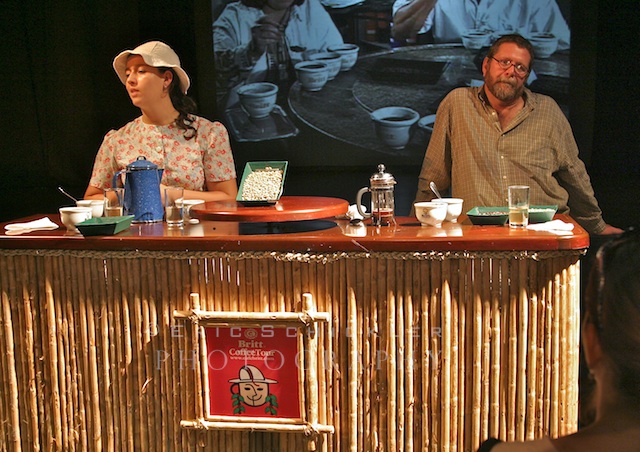
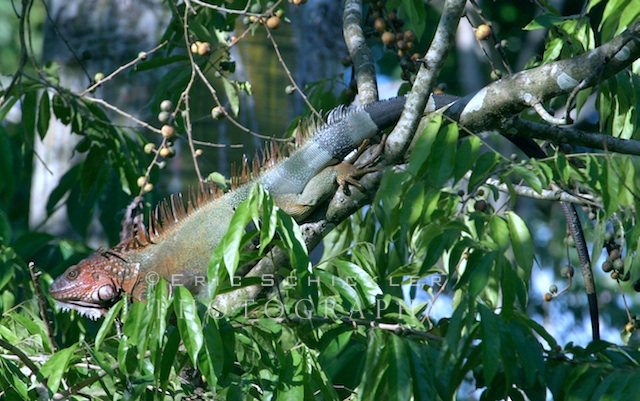
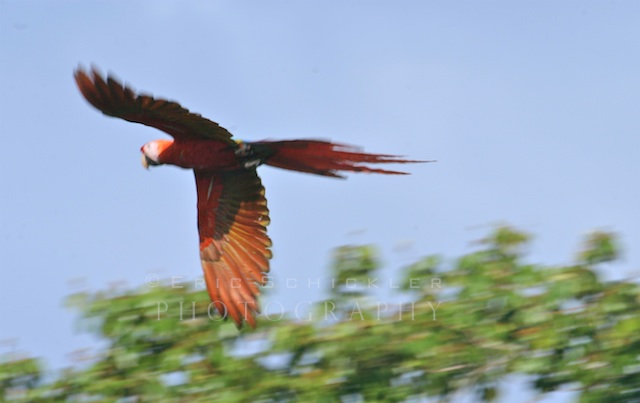
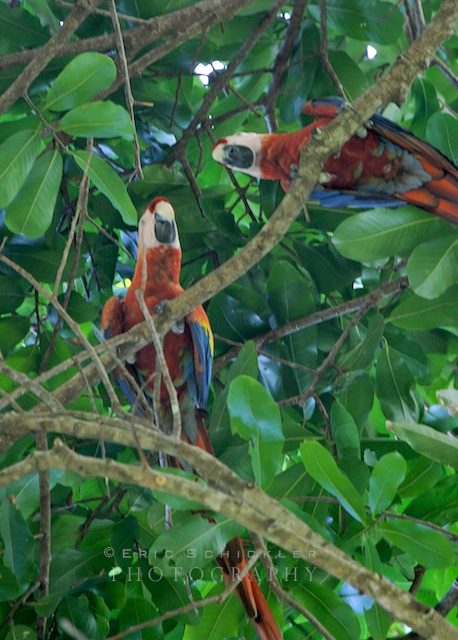
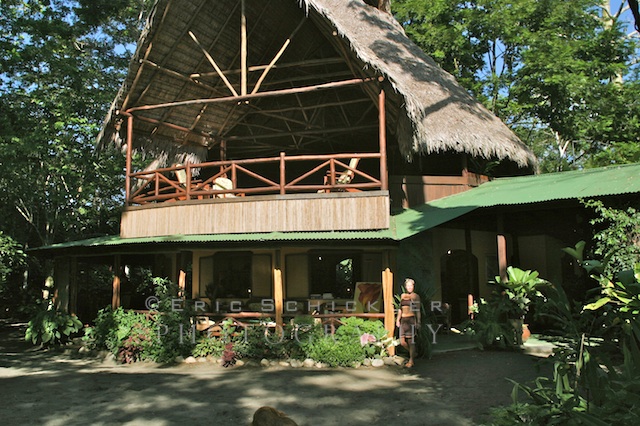
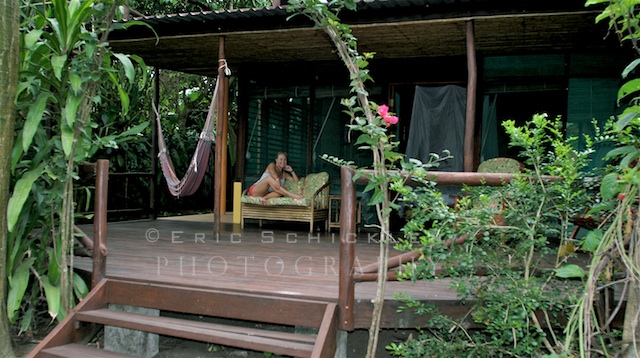
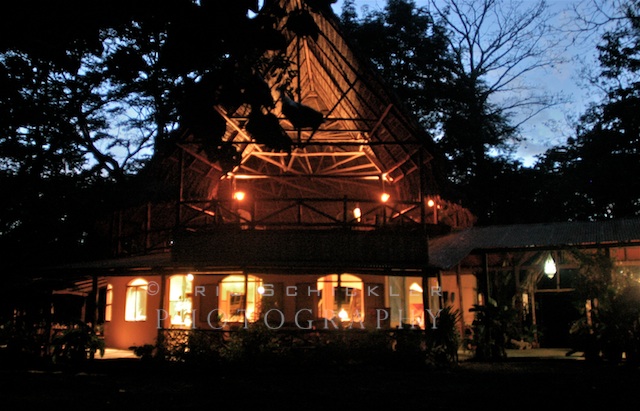 Guests who caught fish on deep-sea fishing excursions often added their catches to the culinary mix, so every night was a different seafood surprise.
Guests who caught fish on deep-sea fishing excursions often added their catches to the culinary mix, so every night was a different seafood surprise.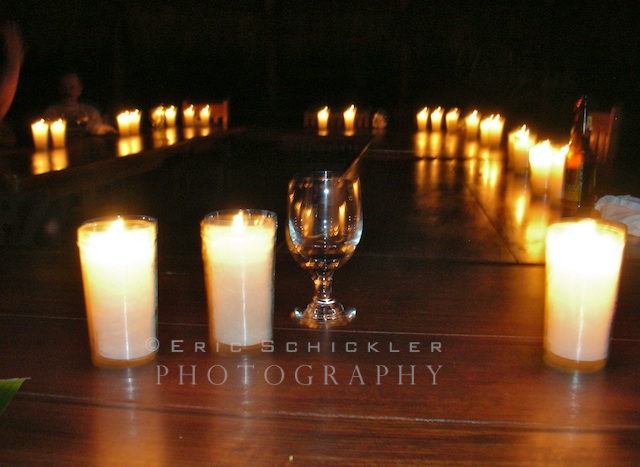
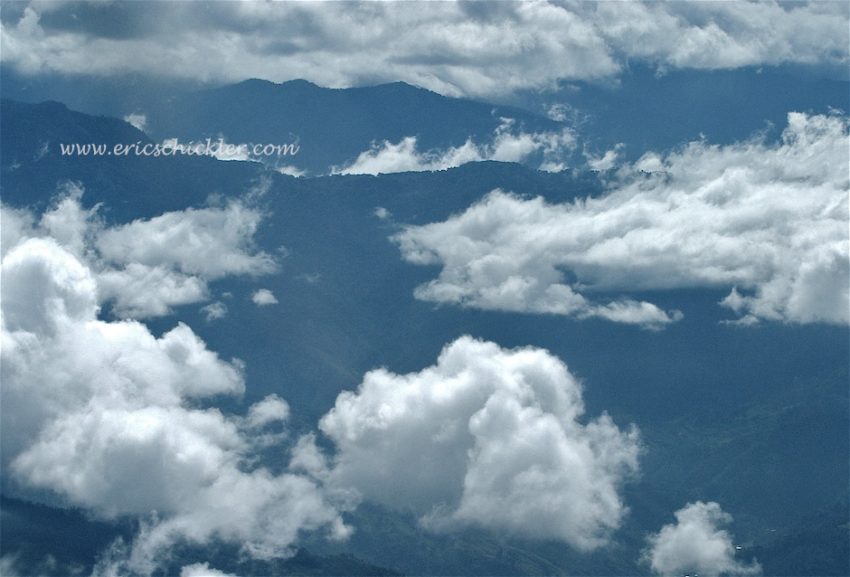 The second half of the flight was along the Pacific coast, southward to the small port town of Puerto Jimenez, home to just 1,780 people, but the largest town on the peninsula.
The second half of the flight was along the Pacific coast, southward to the small port town of Puerto Jimenez, home to just 1,780 people, but the largest town on the peninsula.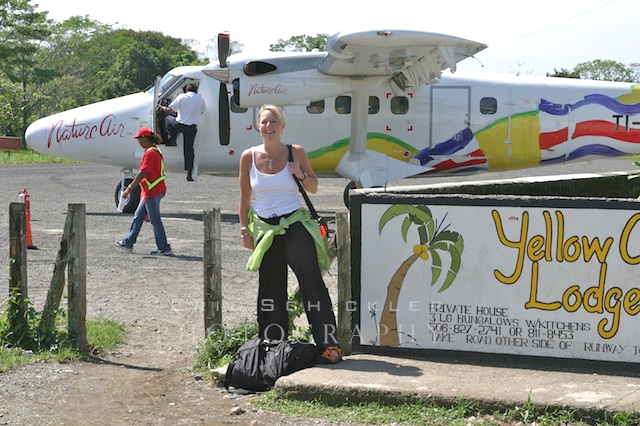
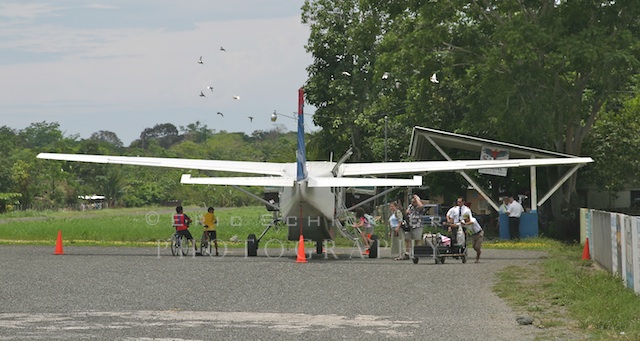
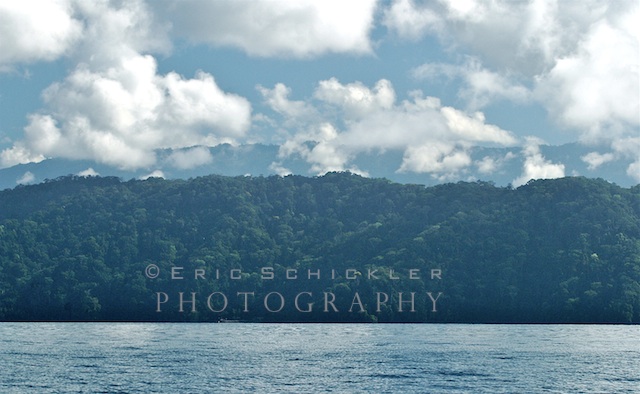
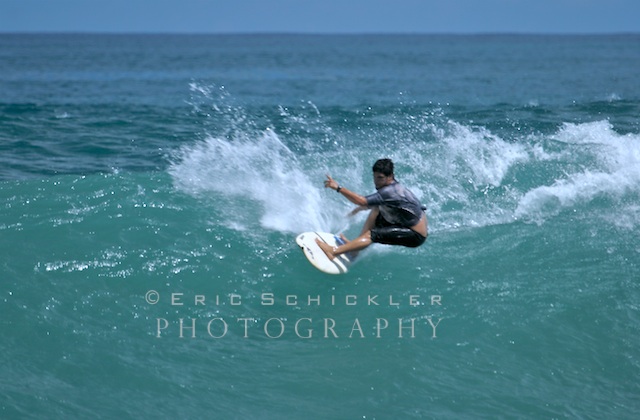
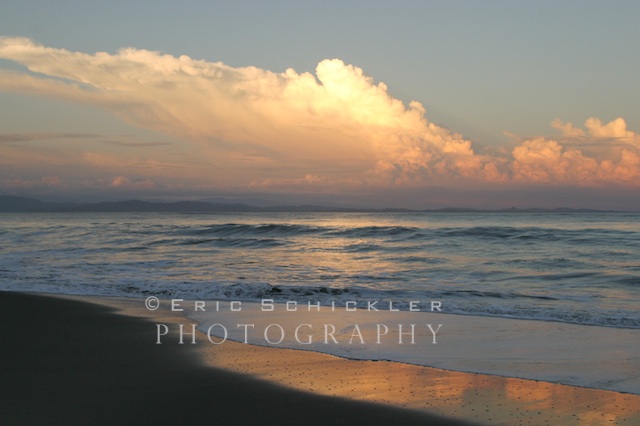 Cano Island
Cano Island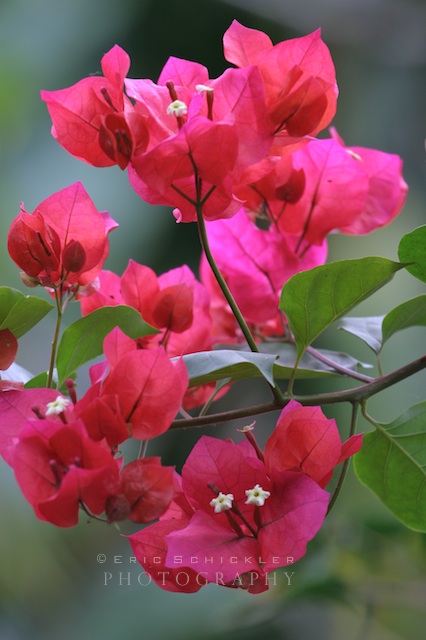

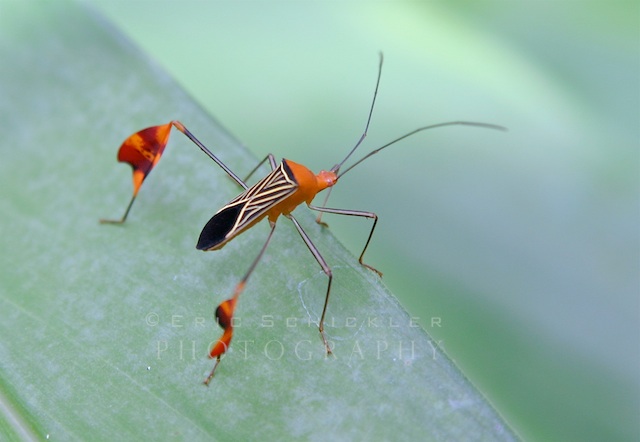
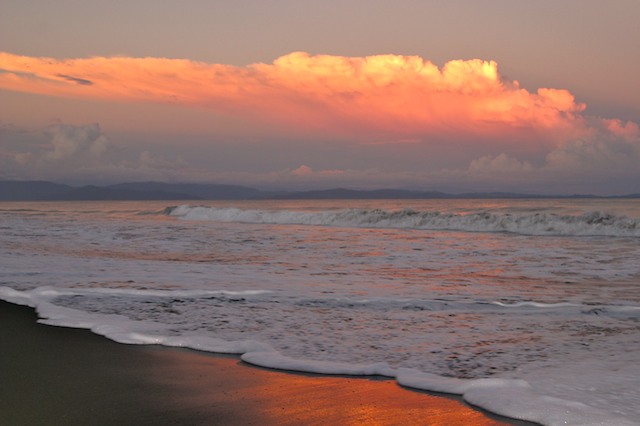
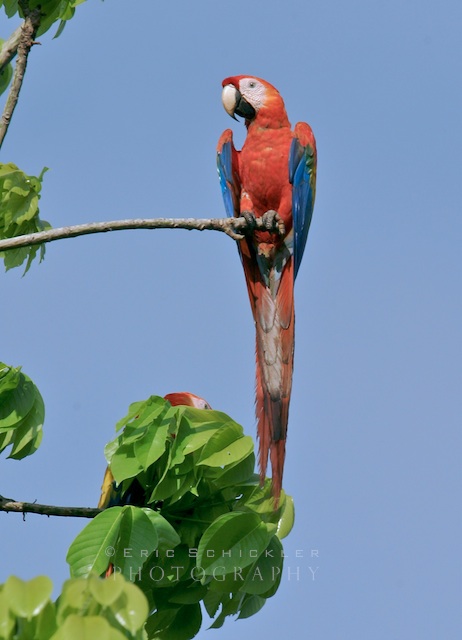
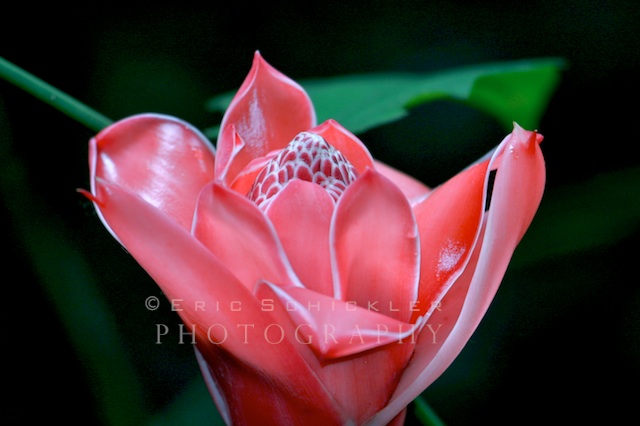
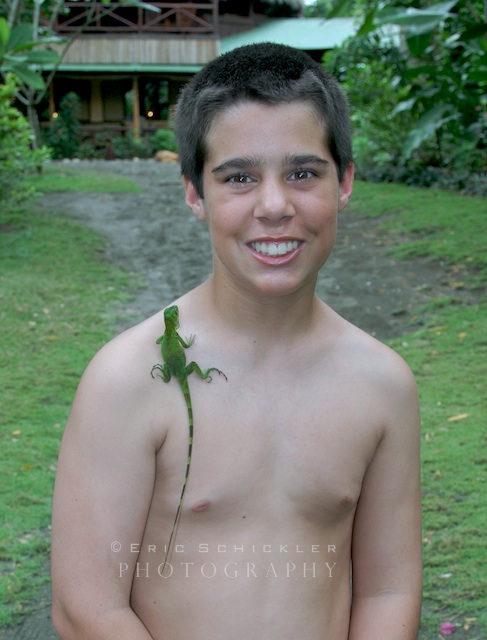

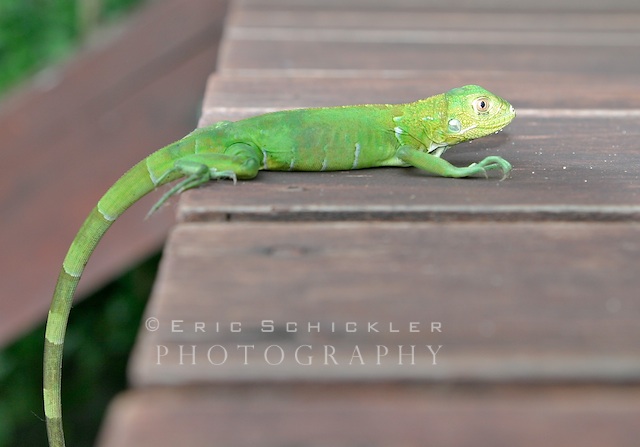
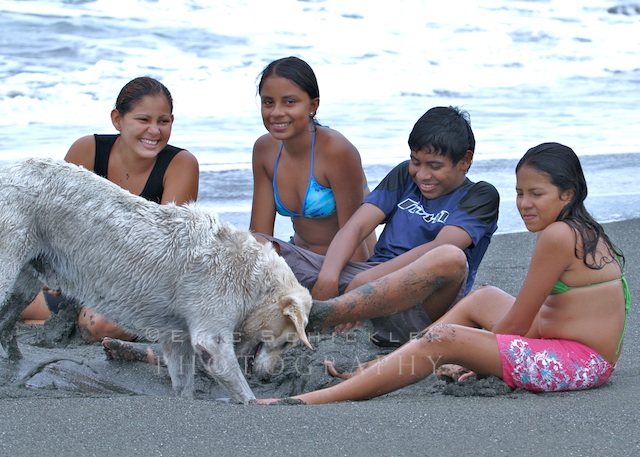
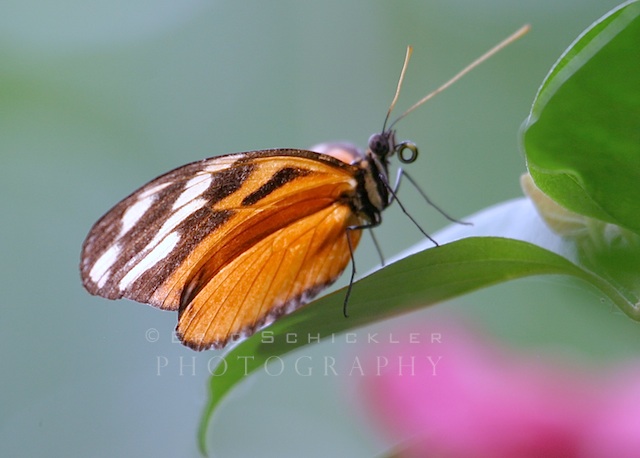
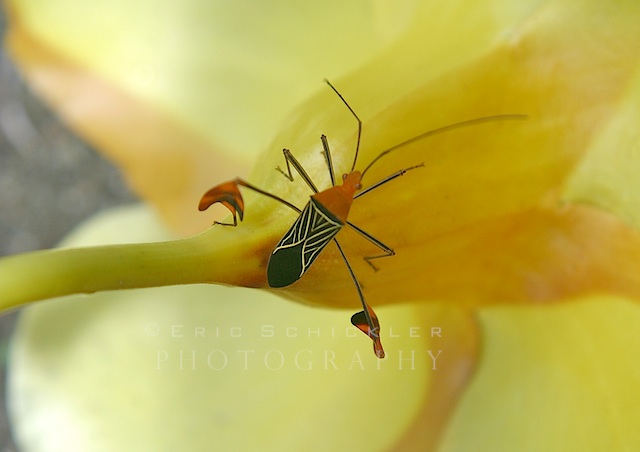

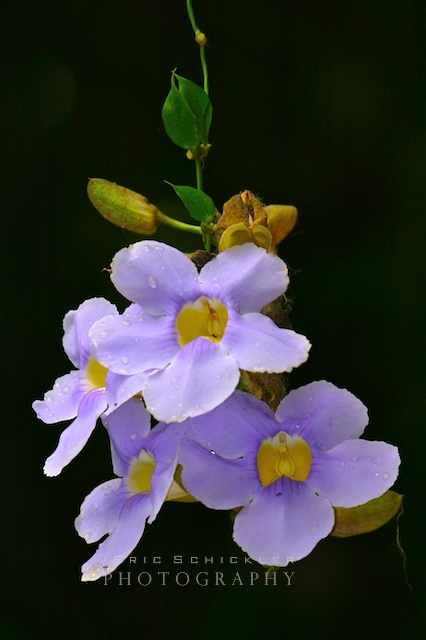 Compare with…..
Compare with…..